No country in Europe boasts a higher vaccination rate for COVID-19 than the United Kingdom, as the political union has 21 vaccine doses per 100 people currently. The UK also ranks second in the world in vaccines per capita.
The government plans to vaccinate 15 million people by mid-February and the early numbers reflect that it’s on track. The policy becomes tricky when further evaluating the individual vaccines like the Pfizer shot. With the first shot already being given, the manufacturer said the second shot had not been evaluated on dosing schedules that were past the recommended 21 days. Last Thursday, the health ministry said over 944,000 people had been given the Pfizer vaccine by Dec. 27.
Having 400 million doses ready to order is not the same as having 400 million on-hand and ready for use. Acquiring and transporting supplies has created difficulties in the process. Should the first dose have side effects or not be strong enough, there may be complications with rolling out a second dose and registration for identifying those most at risk can take time.
The fourth-smallest nation in the European Union, Estonia, is at the forefront of the digital world and its process for identification would benefit the United Kingdom tremendously.
In 2019, online voting in Estonia, or i-voting, as it is often called there, was a fairly safe and simple process. The March Parliamentary Elections ended with 247,232 people casting their ballots online, almost half of all voters. All voters needed was a computer, stable internet connection and, more importantly, a national ID card.
The concept of using the chip-equipped Estonian ID card is not new as i-voting dates back to 2005, three years after its inception.
The average doctor’s visit for an Estonian takes very little time to access the patient’s needs. Doctors use the patients’ e-cards to access their medical history, upload a diagnosis and give it back to the patient along with an electronic prescription.
Dr. Marko Olluk of Confido Medical Centre told Al Jazeera’s Rory Challands that Estonia’s ID system makes everyone’s lives easier. Olluk founded the private clinic in Estonia’s capital of Tallinn.
“There are huge advantages because I can’t even imagine going back to the days where we had paper prescriptions or paper medical histories,” Olluk said. “It makes the doctors work much faster.”
Travel, banking and shopping have all been made faster by this ID card. The e-Estonia Briefing Centre, an innovation hub in Tallinn, reported that roughly 67 percent of Estonians use the card daily and added that 98 percent of Estonians have the card. There is now even a mobile version of the ID Card, which means people can forgo the physical version and sign documents just the same.
Since December, Estonia has received 82,200 coronavirus vaccine doses from the three manufacturers under the European Union’s vaccine rollout plan. Pfizer/BioNTech make up the majority at 70,200 and Moderna adds the remaining 10,000 vaccines. Though Eva Lehtla, the spokesperson for the Ministry of Social Affairs, did not say how much of each vaccine was used, she noted that the Ministry ‘treats each vaccine equally’. As of Wednesday, February 11, about 40,000 vaccines had been administered with 20,003 having received one shot and 19,114 receiving both the first and second doses. Healthcare workers and care home residents have been the priority vaccination group and in some regions older age risk groups, such as people over the age of 70, have already started receiving vaccines.
The process has been more complicated in the United Kingdom, where the population is more than 50 times larger that of Estonia’s 1.3 million. From January to mid-February, the government aims to vaccinate 15 million people with the first dose. More than 407 million vaccines have been ordered with 100 million from the Oxford vaccine, 40 million from Pfizer and a significant – though unofficial – number from Moderna. The latter three were approved in January. The UK’s policy will prioritize the first dose and aims to deliver a second one within three months rather than the originally targeted three weeks.
The decision to extend the wait time after the first dose was supported by a plethora of health experts, but doctors in the UK are pushing back on the delay administering the second dose of Pfizer’s vaccine.
Dr. Richard Vautrey, chair of the British Medical Association (BMA) committee for local family doctors, said this is not fair to at-risk patients.
“It was grossly and patently unfair to tens of thousands of our most at-risk patients to now try to reschedule their appointments,” Vautrey told Reuters.
The BMA followed suit. “The BMA believes these are patients that have already been promised … that they will receive a second dose of Pfizer vaccination next week; they have given their consent to receive it and, quite rightly, are expecting to have it,” the BMA said.
Overall, the UK still has one of the highest vaccination rates globally with 21 vaccines doses per 100 people — trailing only Israel and the United Arab Emirates. Family doctors, care home residents and care home workers are the first priority group in the government’s targets for vaccination. The BBC reported the three main ways of vaccination are hospital hubs, vaccination sites across the country, pharmacies and local general practitioners across the country.
On the surface, The UK accomplished the shift in campaign policy to reach the most people as quickly as possible but the effectiveness of the vaccines remain unknown. That depends on how good a single dose may be in the short term, whether it will be good enough for the elderly at the front of the line and if a delay will ruin the effectiveness of the originally planned timing of the second dose.
The UK has had a long cultural aversion to national ID documents which makes the debate on things like ‘vaccine passports’ lack the progress it needs to be put in place.
First introduced in 2009, the ID card system “by stealth” was met with heavy criticism in the UK as the government tried to introduce a national ID card system.
“The whole point in having a public services card is that there is a single point of information so that people can access public services whether that’s a driver’s licence whether it’s a passport,” Simon Coveney, Irish Minister for Foreign Affairs and Minister for Defence, said on Morning Ireland in 2017. “That’s not the case today but we hope to move to that in future.”
Coveney added that it would take some time for the Passport Office to add that requirement and at the time, he expected it to be introduced within the next year. Talks of a Public Services Card have not picked up steam since then.
Almost four years have passed since then and the UK is at the same place. Critiques have been on the card being an ‘entitlement card’ to battle social welfare fraud, derailing the fight against terrorism and described as a collosal waste of money because obtaining the card was not free back in its inception. The arguments against the cards that stood out the most were parents that claimed not having the cards caused them to lose out on health services that they would have had otherwise.
In the infancy days of its digital revolution, Estonia fell victim to hacking. Now the country has moved its operations virtually to Belgium to strengthen its network and has bounced back tremendously from the cyber attack of 2007. There were doubters of the ID’s capabilities at first, but today, it has completely integrated into Estonian society.
If the UK hopes to substantiate the eye-popping figures it set out to reach, the nation may want to consider providing a more efficient way to give vaccines and address other health-related needs of its residents. The world’s most advanced digital society did not get to Estonia overnight, but starting with a small step in digital identification has transformed the country by leaps and bounds. The UK’s uphill battle with COVID-19 could be fought more efficiently with shorter wait times.
Photo credit: Wikipedia Creative Commons.
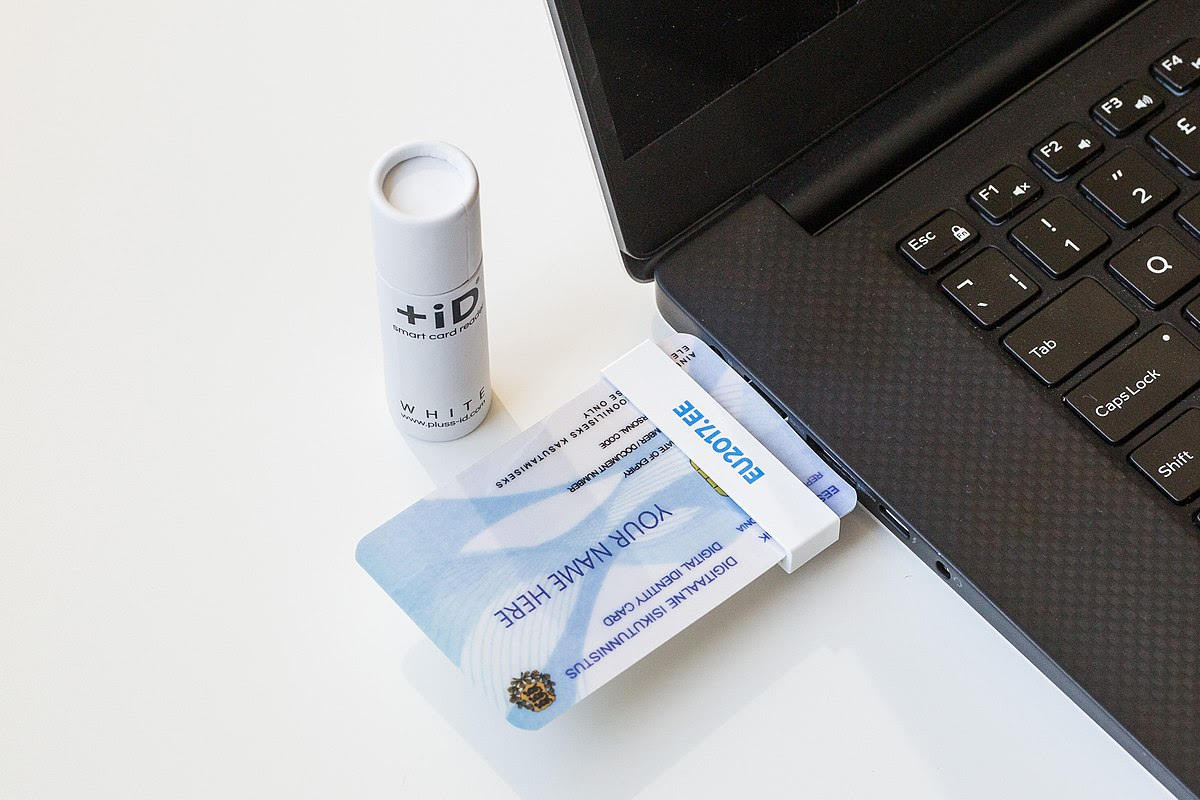
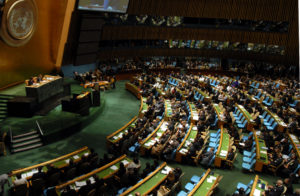

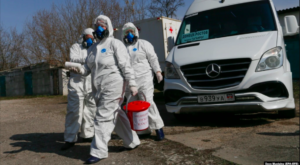
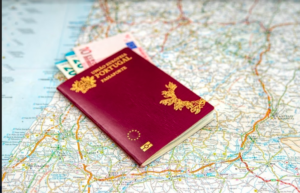



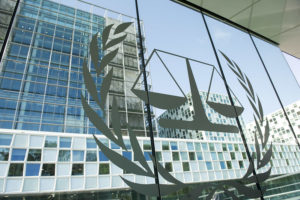


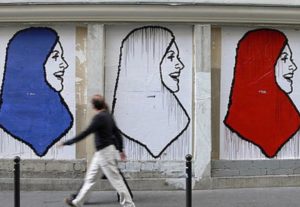
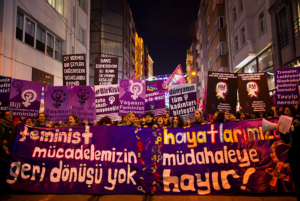


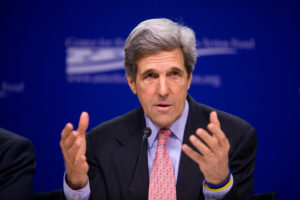
Be First to Comment